Journey Through Time and Nature: Exploring the Top 13 UNESCO Heritage Sites Worldwide
Table of Contents
UNESCO Heritage Sites are a testament to the rich tapestry of human history and the stunning beauty of the natural world.
From ancient wonders to ecological marvels, these sites are a treasure trove of cultural, historical, and natural significance.
UNESCO, the United Nations Educational, Scientific and Cultural Organization, plays a pivotal role in identifying and preserving places of outstanding value.
The UNESCO Heritage Sites encompass a diverse array of locations globally, each contributing uniquely to our collective heritage.
1. Machu Picchu: A Citadel in the Clouds

Nestled in the Andes Mountains, Machu Picchu stands as a testament to the architectural prowess of the Inca civilization.
This ancient citadel, shrouded in mist, offers a glimpse into a bygone era, captivating visitors with its historical and cultural significance.
2. The Great Barrier Reef: Nature’s Extravaganza

Stretching along the Australian coastline, the Great Barrier Reef is a mesmerizing underwater wonder.
This UNESCO Heritage Site is a biodiversity hotspot, boasting vibrant coral reefs and a myriad of marine life. However, conservation efforts are crucial to safeguard this natural extravaganza.
3. The Pyramids of Giza: Wonders of Ancient Egypt
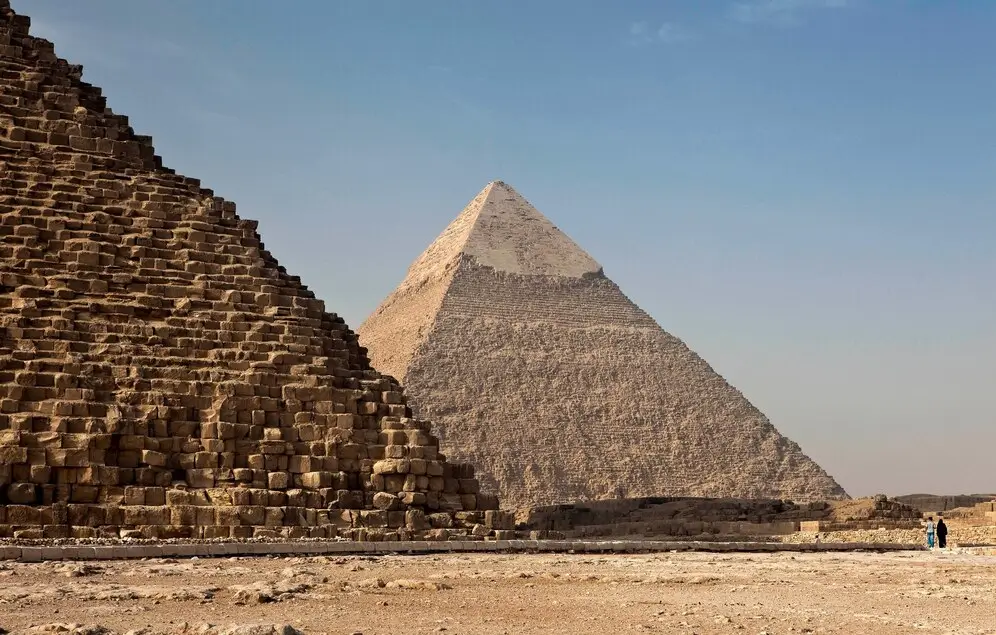
The Pyramids of Giza, standing majestically on the Egyptian horizon, are iconic symbols of ancient Egyptian civilization.
These colossal structures, built with precision and ingenuity, continue to spark fascination and debate regarding their purpose and construction.
4. Angkor Wat: Temple City of Cambodia
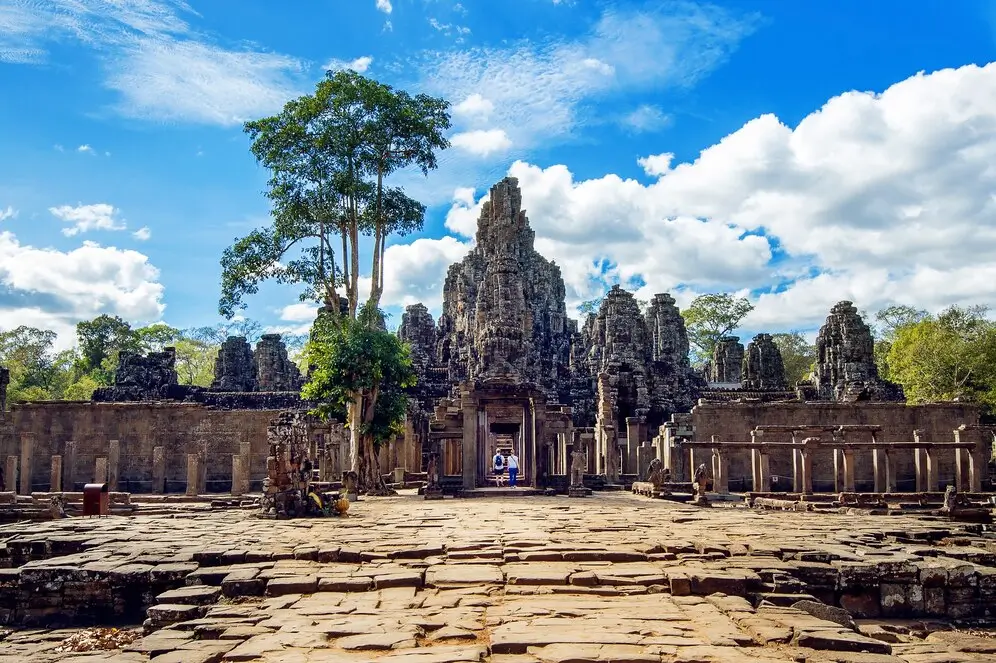
Immersed in the jungles of Cambodia, Angkor Wat is a sprawling temple complex that narrates the tales of Khmer civilization.
Its architectural brilliance and intricate carvings make it a cultural masterpiece, drawing pilgrims and tourists alike.
5. The Colosseum: Icon of Ancient Rome
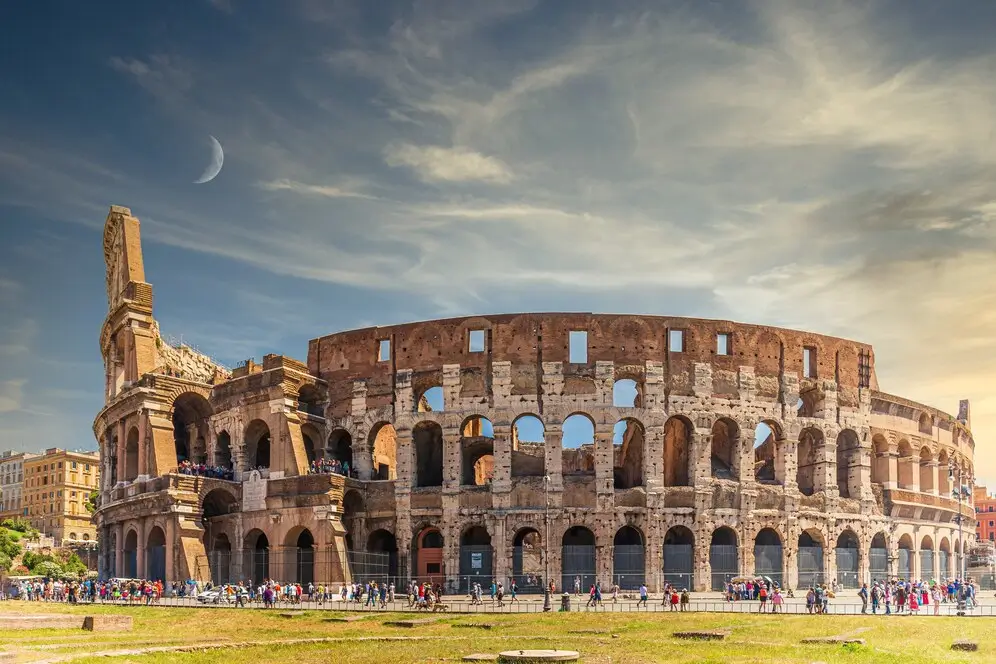
Colosseum, an amphitheater in the heart of Rome, echoes with the cheers of ancient spectators.
This colossal structure, known for gladiatorial contests and public spectacles, stands as a symbol of Roman engineering prowess and cultural significance.
6. Taj Mahal: Symbol of Eternal Love
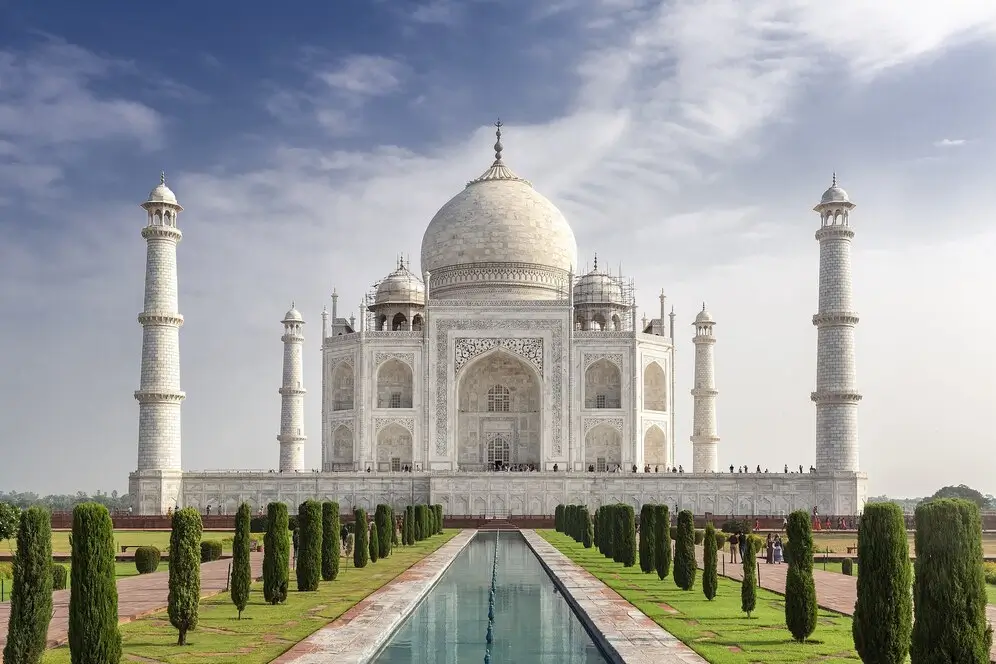
A marvel of Mughal architecture, the Taj Mahal in India is a symbol of love and devotion.
Built by Emperor Shah Jahan in memory of his beloved wife, Mumtaz Mahal, this white marble mausoleum continues to enchant visitors with its timeless beauty.
7. Galápagos Islands: Nature’s Laboratory
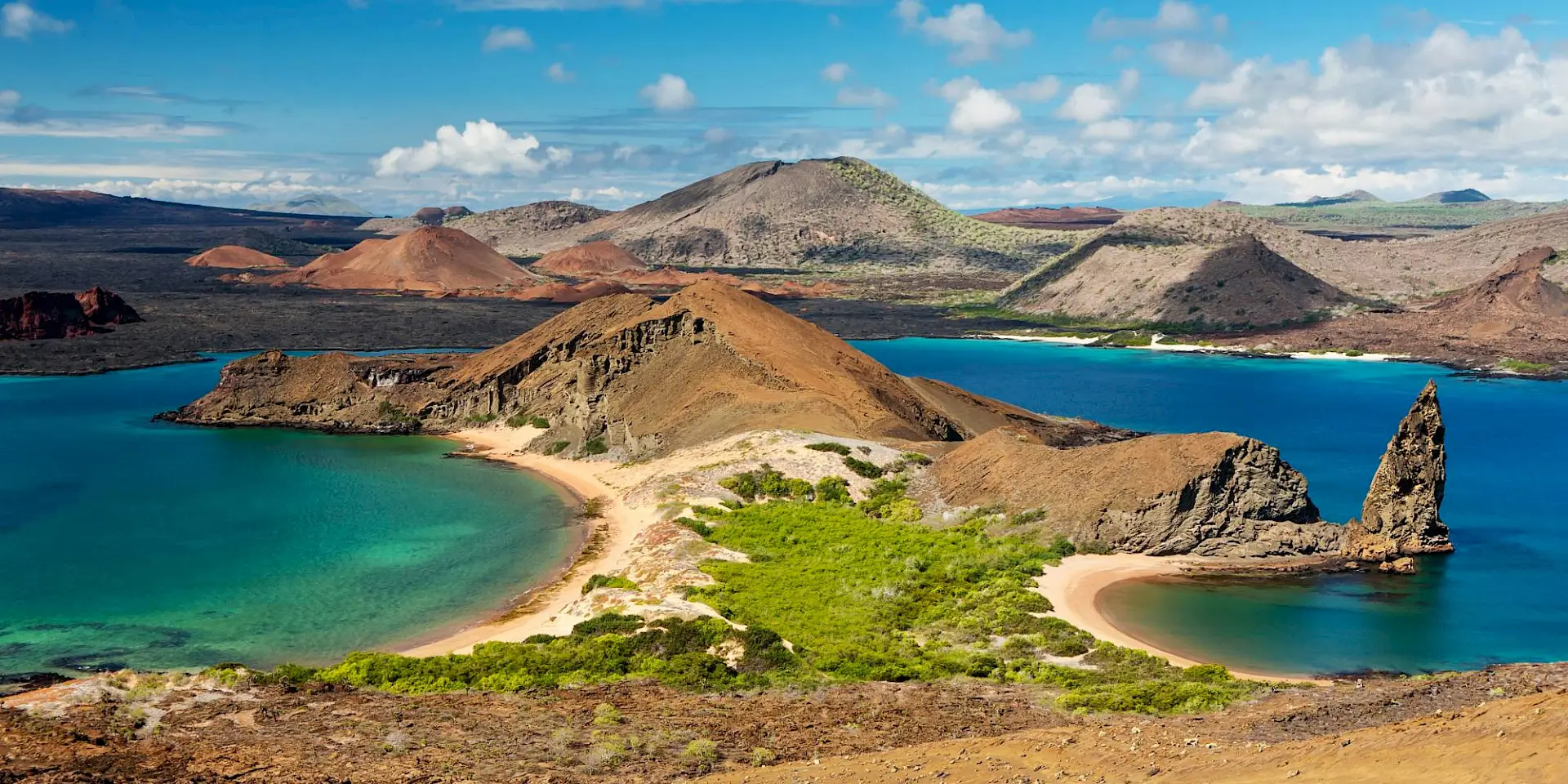
The Galápagos Islands, scattered in the Pacific Ocean, are a living laboratory of evolution. Charles Darwin’s observations here inspired his groundbreaking theory of natural selection.
Today, these islands face conservation challenges, highlighting the delicate balance between human activity and nature.
8. The Serengeti: A Wildlife Spectacle

Serengeti, a vast expanse of grasslands in Africa, hosts one of the most spectacular wildlife migrations on the planet.
From wildebeests to big cats, the Serengeti’s diverse ecosystems demand concerted conservation efforts to preserve this breathtaking spectacle.
9. The Acropolis of Athens: Ancient Greek Splendor
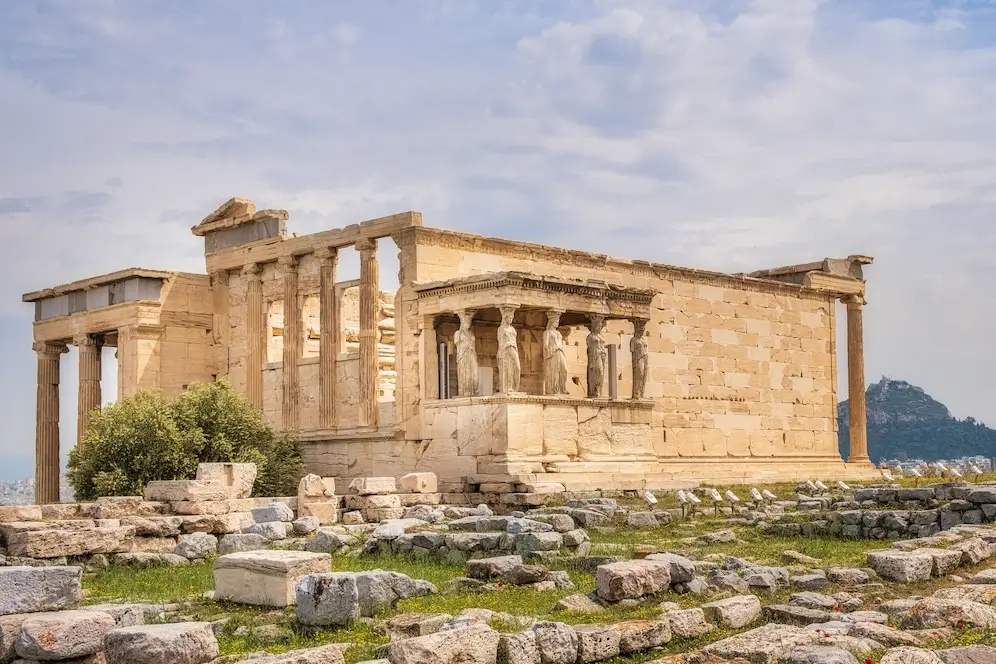
Perched atop a rocky hill in Athens, the Acropolis is a symbol of ancient Greek civilization.
Its architectural significance and cultural impact make it a UNESCO Heritage Site, drawing visitors to witness the grandeur of the Parthenon and other historic structures.
10. The Amazon Rainforest: Lungs of the Earth
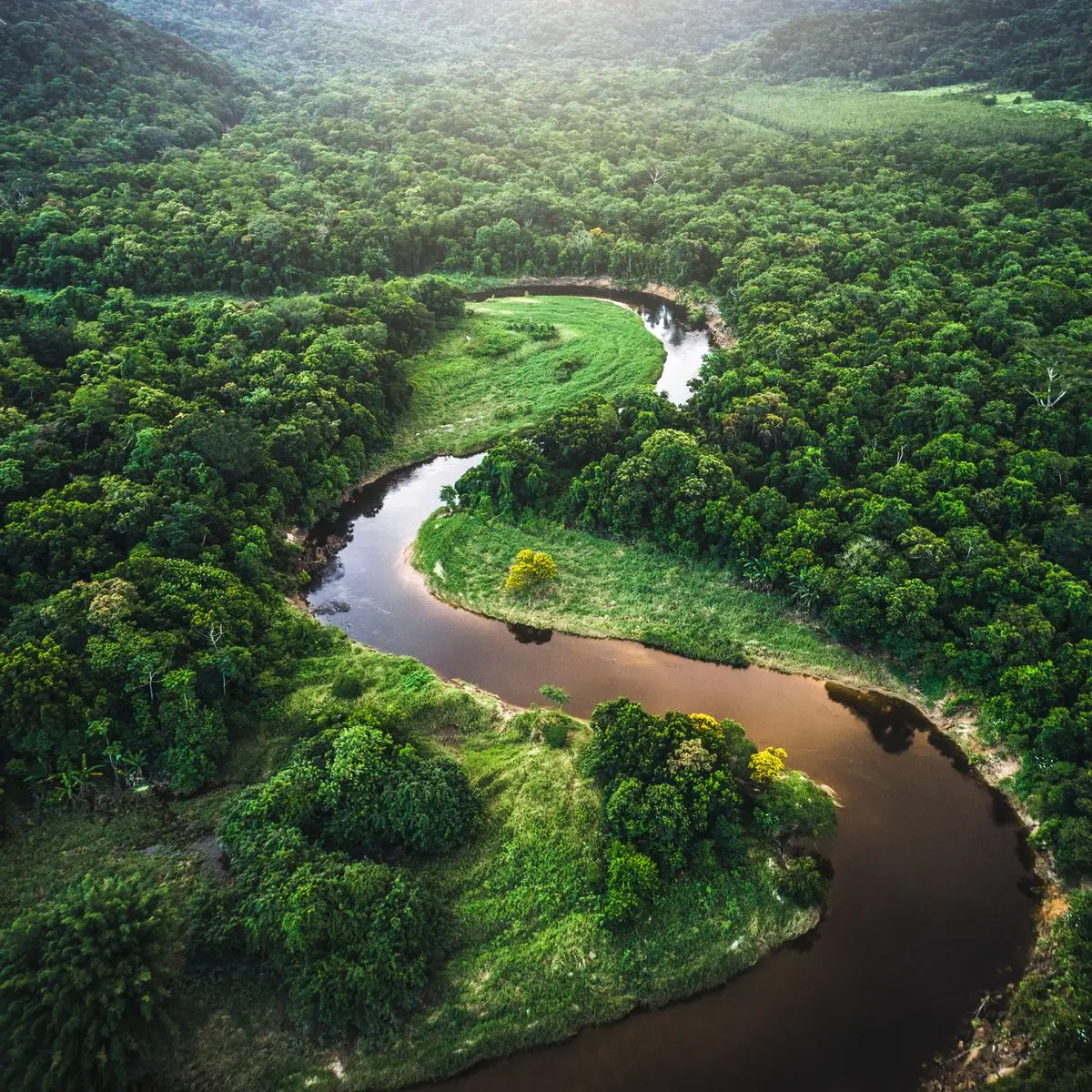
The Amazon Rainforest, often referred to as the lungs of the Earth, plays a crucial role in maintaining global ecological balance.
However, rampant deforestation poses a severe threat to its biodiversity, emphasizing the need for sustainable conservation practices.
11. Stonehenge: Enigma of Ancient Stones
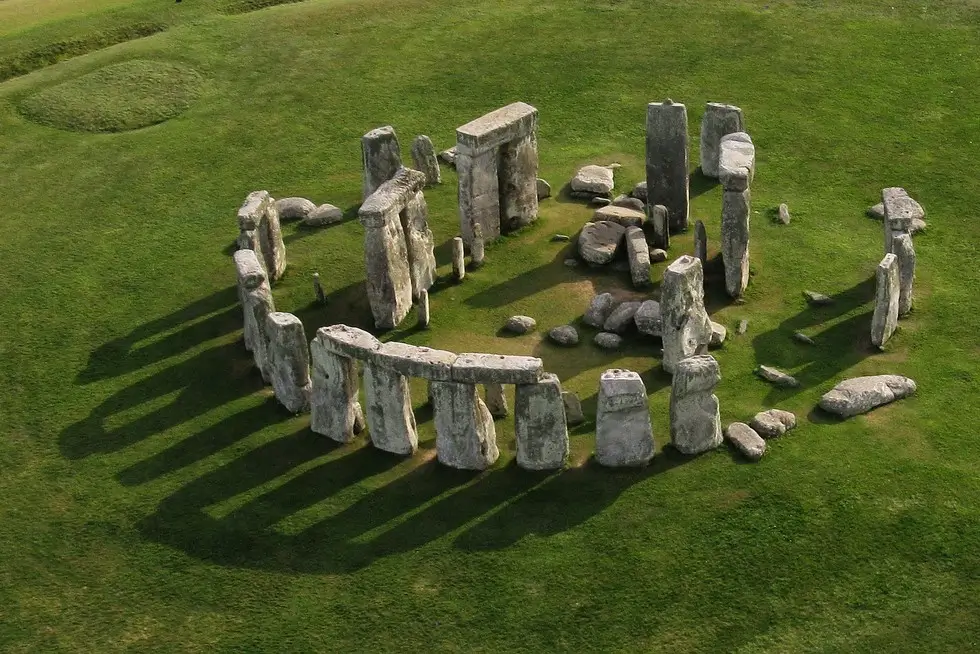
In the Salisbury Plain of England, Stonehenge stands as a mysterious arrangement of ancient stones.
Theories about its purpose and construction continue to baffle archaeologists, adding an air of enigma to this UNESCO Heritage Site.
12. The Statue of Liberty: Symbol of Freedom
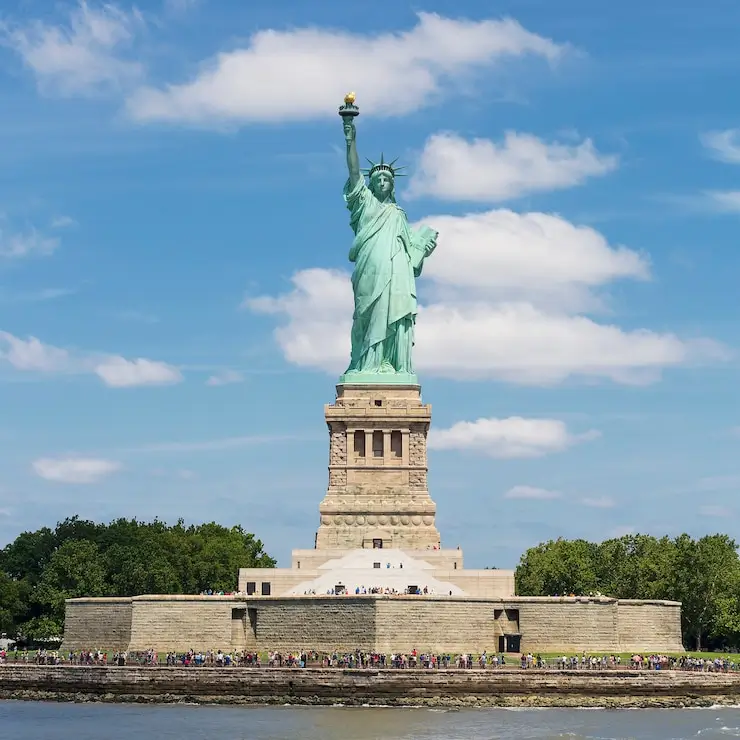
Gazing over New York Harbor, the Statue of Liberty is a symbol of freedom and democracy.
A gift from France to the United States, this iconic statue represents the enduring values of liberty and democracy on a global scale.
13. The Grand Canyon: Nature’s Sculpture
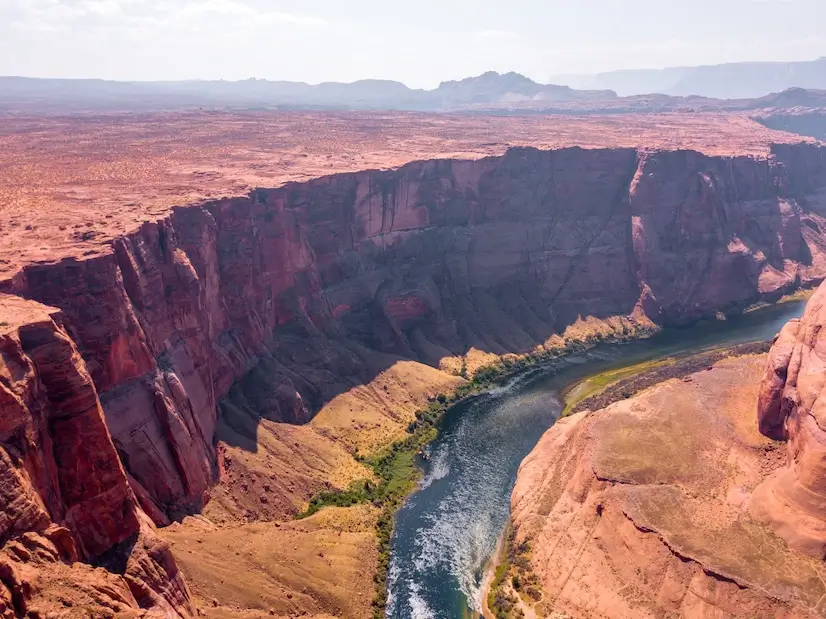
Carved by the Colorado River, the Grand Canyon is a geological marvel that leaves visitors in awe of nature’s sculpting abilities.
Its significance to indigenous cultures, coupled with tourism challenges, underscores the delicate balance between appreciation and preservation.
Conclusion
In conclusion, UNESCO Heritage Sites are invaluable treasures that bridge the past, present, and future.
Preserving these sites is not just a responsibility but a commitment to safeguarding our shared human and natural heritage for generations to come.
Frequently Asked Questions (FAQs)
- Why are UNESCO Heritage Sites important?
- UNESCO Heritage Sites hold cultural, historical, and natural significance, representing the diversity of human achievements and the beauty of our planet.
- How does UNESCO choose Heritage Sites?
- UNESCO evaluates sites based on their outstanding value and adherence to criteria related to cultural, natural, or mixed heritage.
- What challenges do Heritage Sites face?
- Heritage Sites often face challenges such as environmental threats, tourism impact, and inadequate conservation efforts.
- How can individuals contribute to the preservation of Heritage Sites?
- Individuals can contribute by respecting guidelines, supporting conservation initiatives, and promoting sustainable tourism.
- Are there any recent additions to the list of UNESCO Heritage Sites?
- Stay updated with UNESCO announcements for the latest additions to the list of Heritage Sites.
- What is the role of local communities in Heritage Site preservation?
- Local communities play a vital role in preserving Heritage Sites through cultural stewardship and sustainable practices.
- Do UNESCO Heritage Sites generate economic benefits for local communities?
- Yes, many Heritage Sites contribute to local economies through tourism, creating job opportunities and supporting businesses.
- How can we balance tourism and conservation at Heritage Sites?
- Sustainable tourism practices, visitor education, and strict conservation guidelines help strike a balance between tourism and preservation.